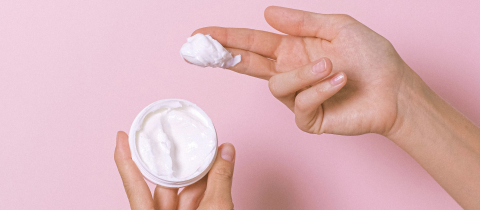This article was first published in The Montreal Gazette.
There is a worrisome trend permeating internet social media platforms like TikTok, such as the explosion in web searches for the new “anti-sunscreen” movement and the various influencers who seem bent on convincing you not to use sunscreen. This seems to be coupled with a growing number of people willing to believe the many myths about sun safety that circulate online.
A recent survey commissioned by the Canadian Dermatology Association has shown that people are becoming more blasé about sun safety. Just over half are worried about the sun causing skin cancer, although there is significant discrepancy between men and women — with women taking the cancer risk more seriously.
Other worrisome trends were an increasing number of people thinking the dangers of sun exposure are exaggerated (up eight per cent), that there is no need to wear sunscreen when it is cloudy (up seven per cent) or that getting a sunburn is the first step to getting a sun tan (up five per cent). More than one-third of respondents were not concerned about sunburns, and around one in eight had no concerns regarding sun safety whatsoever.
This growing belief in sun misinformation is a real threat since the sun’s UV rays are the most important reversible risk factor for getting skin cancer. Fears about sunscreen are usually based around worries that people might absorb dangerous chemicals through their skin. But we have decades of data with regard to sunscreen safety, and the multitude of studies done on this topic shows that sunscreen reduces cancer risk by half. It very obviously doesn’t increase it.
Another major source of misinformation relates to vitamin D and how sunscreen will deprive you of this sunshine vitamin. It’s true that wearing sunscreen will decrease the amount of vitamin D made by your skin in response to UV exposure. But especially as we get older, most of our vitamin D is consumed via diet, not made by our skin.
Also, vitamin D deficiency is not nearly as common as the internet would have you believe. Numerous studies have shown that vitamin D does not lower your cancer risk. Boosting your vitamin D levels by sunbathing in the park will not prevent cancer, heart disease or boost your immunity.
While so much of this debate centres around sunscreen, we often forget that simple measures like wearing a hat are just as important. In men especially, as the merciless advance of time robs you of the protection provided by your hair, the top of the head becomes a common site to develop skin cancer and needs protection if you plan to be out in the sun for any extended period of time.
The other reason to avoid the sun is to forestall the photo-aging that occurs with UV exposure. So many of the lines and fine wrinkles we see with the passage of time are caused by sun damage. Wearing sunscreen will actually make you look younger.
So many of the young social media influencers pushing this anti-sunscreen agenda will never have to treat someone with skin cancer. Wrinkles are a faraway problem, whereas a tanned body makes for a good profile photo. But you shouldn’t deliberately try to tan. It doesn’t protect your skin; a base tan isn’t the equivalent of wearing sunscreen.
There are so many myths regarding sunscreen and sun safety, and it is easy to become complacent on a hot sunny day after a long drab winter. If you work outdoors, are taking the kiddos for a beach vacation or just plan to spend some time in the garden, protect yourself. The dangers of UV radiation are slow, subtle and long term.
You can laugh at all those influencers after the fact, when you end up looking 10 years younger than they do.







